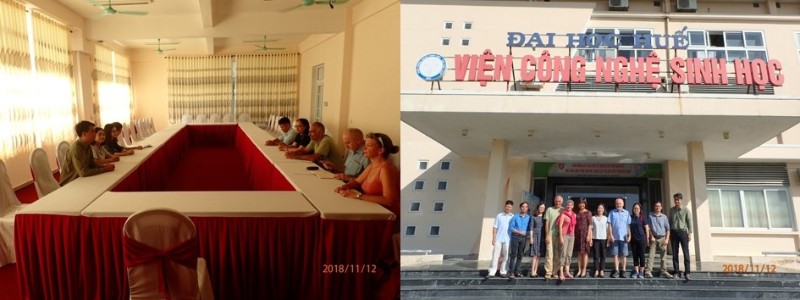From October 17, 2018 to November 22, 2018
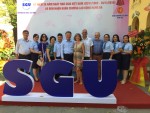
The main objectives of these secondments were search for Halsea specis the Vietnamese coast, from the North to the South (Figure 1), and the general biodiversity of diatoms. When possible, interviews were made with aquaculture farmers to know if mollusk greening events occurred in the past months/years.
Field trips & interviews
- Xuân Thủy National Park
Xuân Thủy National Park is a national park in Hong River Biosphere Reserve in Nam Định Province, Vietnam. This field trip as well the ones to Cam Pha and Quang Yen were organised by Thi Thuy Duong and Dau Pham from the Vietnam Academy of Science and Technology (VAST), Hanoi.
For each station and sub-station, biofilm on varied substrate (sediment, roots and leafs, sometimes also dead shells) were sampled. At each site phytoplankton was sampled with plankton net.
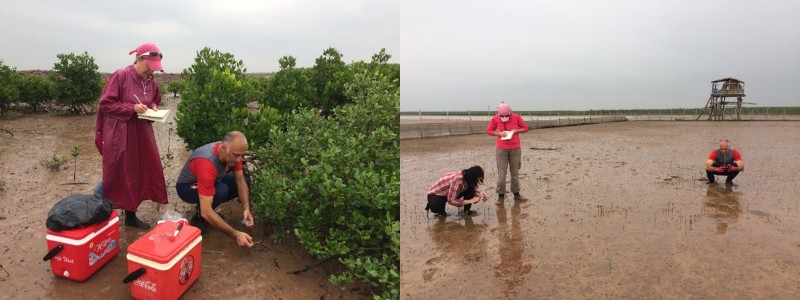
Once sampling has been completed an interview was performed with local aquaculture farmer Doan Van Cuong and the skipper of our boat. The greening of oysters occurs in the area sometimes, but people still buy them.
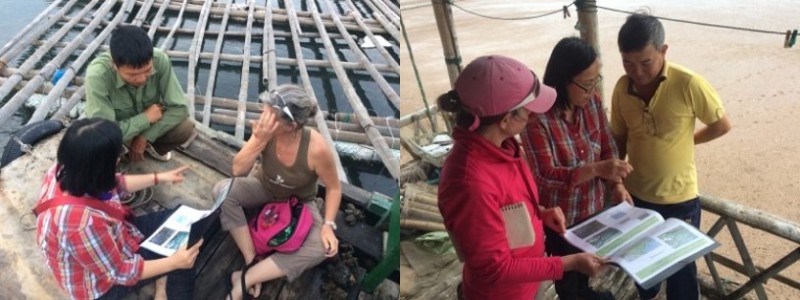
- Quảng Yên
Quảng Yên is the bigest aquaculture area of the Halong Bay. Aquaculture is still traditional, but we met Luu Van Ta, who produces oysters for exportation. We sampled biofilms from oyster shells of one of his offshore park and water using a plankton net.
- Cẩm Phả
This area is a traditional area for oyster aquaculture.
- Cát Bà Archipelago
Cat Ba Archipelago is the southeastern edge of Lan Ha Bay. The sampling site was a lagun, accessible only by a tunel. Several wild oysters inhabited immerged rock, in the photic zone.
- Cần Giờ Mangrove Biosphere
Cần Giờ Mangrove Forest was recognised as World Biosphere Reserve by UNESCO in 2000. Is is the first biosphere reserve in Vietnam and is the 368th member of the international network of biosphere reserve. This field trip, as well the one to Huế and to Phú Quốc, was organised by our Ghana partners, Duc Hung Nguyen. We sampled at the station Experimental aquaculture of a snail Babylonia sp. In Hàu Vỏ. Samples were taken from biofilm, sediment and water sample for filter.
- Huế
Huế have many lagoons varying in terms of salinity. Mangrove in the estuary of Hương river have been sampled and environmental parameters were measured. In addition, samples were taken from the Rú Chá primary forest. In the latter forest we met farmer, an owner of ecological aquaculture of shrimps and crabs.
- Phú Quốc
Phu Quoc is the biggest island in Vietnam. This island is characterised by a variety of habitats such as : beaches, mangroves, estuaries, and coastal shallows, but coral reefs in particular. The aquaculture is developed with fish and pearls as examples, but local people strongly relay on wild resource from the sea.
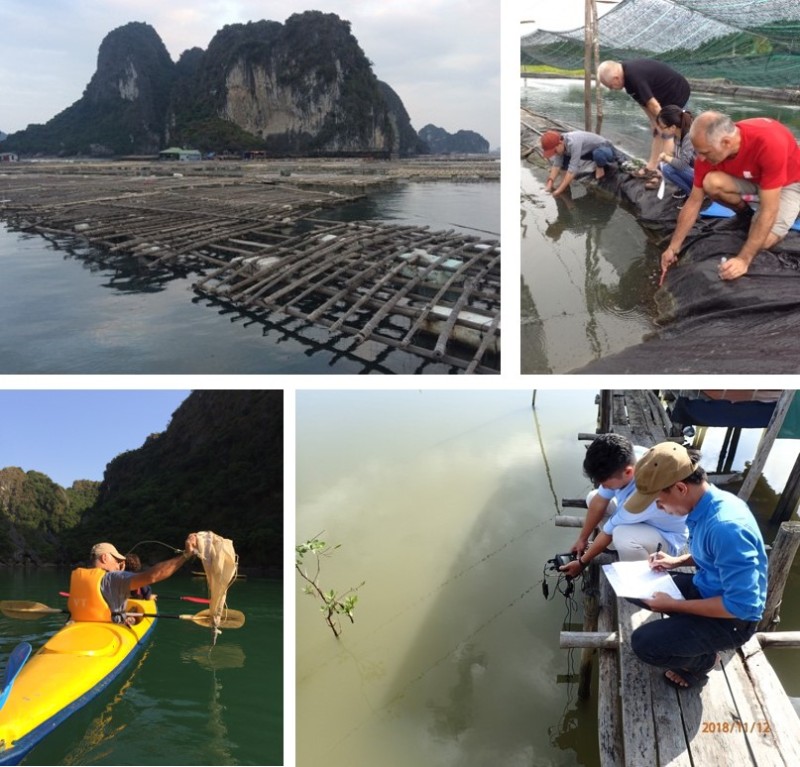
Our stay in Huế was the opportunity to meet researchers from Institute of Biotechnology of Huế University, Associate Prof. Dr Trương Thị Hồng Hải, Associate Prof. Dr. Nguyễn Thị Thu Liên, Dr. Nguyễn Đức Huy. They expressed their interest in GHANA project, and would like to be involved if possible. The Institute of Biotechnology possesses good research infrastructure including HPLC, SEM, PBR and molecular biology laboratory. D. Nguyen suggested organization in 2019 of a workshop promoting research on microalgae in Vietnam, and linking researchers interested in work on topics related to microalgae.
